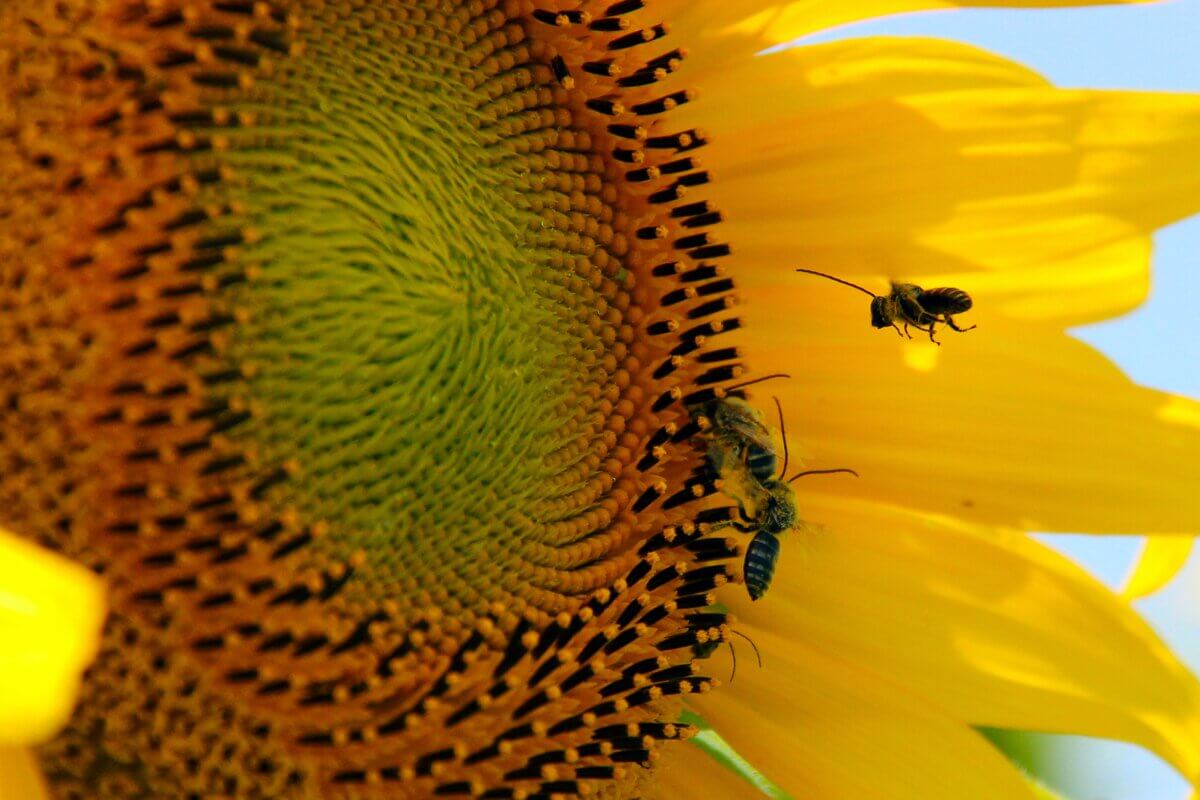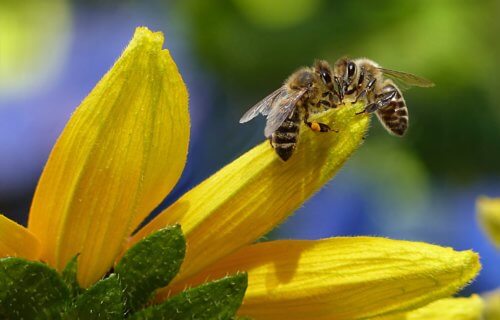FRANKFURT, Germany — Insect biologists have been dealing with their version of the chicken or the egg question. For bees, it’s: which came first, the venom or its stinger? A recent genetic study in Germany has finally reached a verdict. It now appears that bees were venomous long before they developed a way to sting someone else.
Many species have evolved to carry venom, but the most prevalent is an insect species called Hymenoptera. Over 6,000 species of bees, along with wasps and ants, fall into this group.
Venom is generally delivered through wounds, like puncture marks from fangs. For bees, that puncture is created by their stinger, which injects the venom into their prey or attacker within seconds. However, since venom needs to be introduced through a wound, wouldn’t bees need to have a delivery method already in place?

German researchers dissected the venomous cocktail to settle the debate on whether bees evolved stingers or venom first. The toxins are complex mixtures containing proteins of various sizes, including enzymes. Along with searching for information on the proteins in a database, the team also analyzed the proteins found in the venom of honeybees and two wild bee species — the violet carpenter and the great-banded furrow bee.
Twelve “families” of proteins were shared across the three bee species. This suggests these proteins are essential “ingredients” necessary to make this venom cocktail.
Next, the researchers turned to genetics, where they examined the genes expressing these 12 protein families in 32 insect species, including sweat bees and stingless bees. There were subtle differences across insects, such as exchanging a single letter in the genetic code. These genetic variations allowed scientists to trace back the evolution of venom in the Hymenoptera species. Venom genes were present in all insects classified as hymenopterans, suggesting a shared ancestor.
“This makes it highly probable that hymenopterans are venomous as an entire group,” says Björn von Reumont, a visiting scientist at the Institute for Cell Biology & Neuroscience of Goethe University Frankfurt, in a media release. “For other groups, such as Toxicofera, which includes snakes, anguids (lizards) and iguania, science is still debating whether the venoms can be traced back to a common ancestor or whether they evolved separately.”

While all insects in the Hymenoptera family have venom genes, not everyone has a stinger to spread that venom. Insects evolved different ways of delivering the toxin.
Old parasitic sawflies, for example, use an egg-laying organ to inject substances that affect a host plant. The sirex wood wasp is another insect that uses fungus to spread poison across a plant, making it easier for their larvae to live on the wood. These different actions suggest venom evolved to have different purposes. Bees use it as a form of defense, while the sirex wood wasp uses it to create suitable conditions in the plant for the larvae.
New genes discovered in bee venom include the one that expresses melittin and genes for the protein family anthophilin-1. A surprise to researchers was that there was only one gene needed to express melittin, one of the main components of venom.
“Not only are there many different variants of melittin, but the peptide also accounts for up to 60 percent of the dry weight of bee venom. That is why science previously assumed that there must be many gene copies. We were able to disprove this quite clearly.” Von Reumont concludes. “This shows us once again that genome data are the only way to draw meaningful conclusions about the evolution of venom genes.”
The study is published in the journal BMC Biology.
You might also be interested in:
- ‘Mummified’ bees dating back 3,000 years discovered in Portugal
- Here’s how sunflowers could save bumblebees from extinction
- Fossilized brain of creepy ocean creature lends new insight into evolution of insects, spiders

